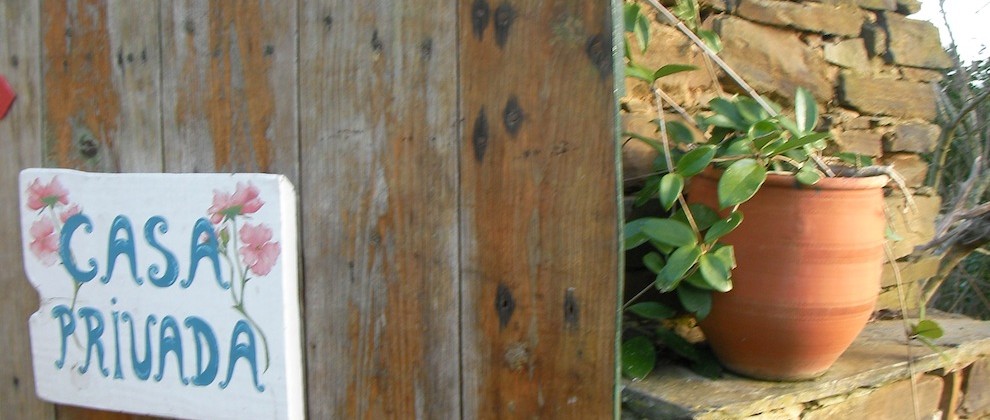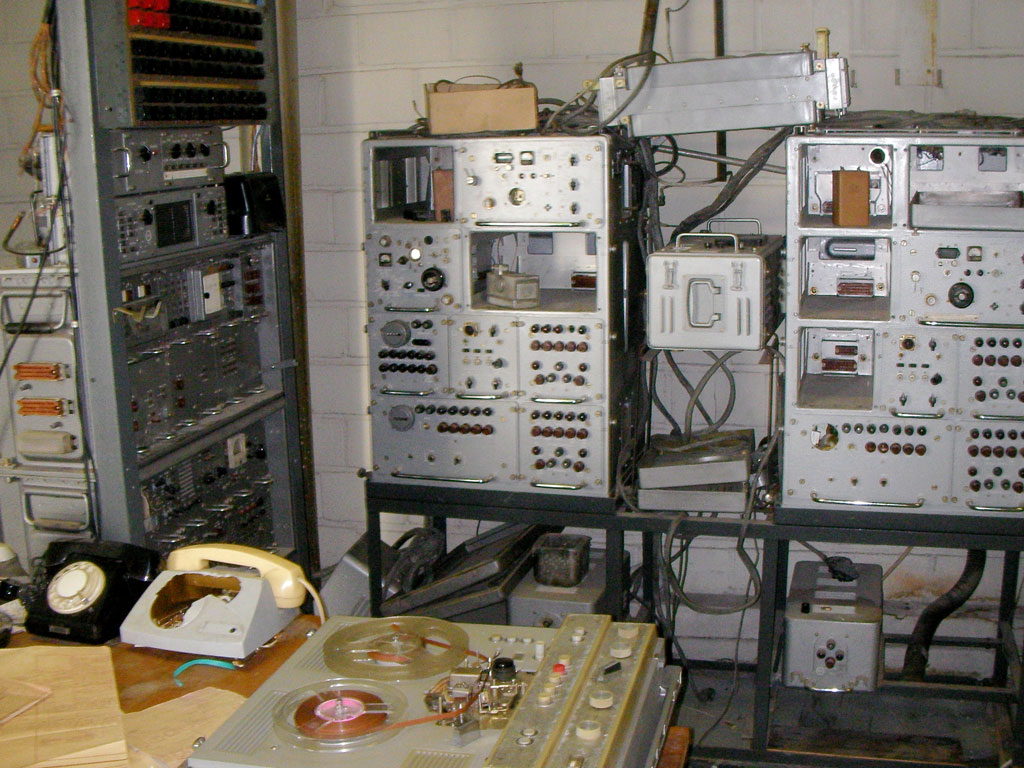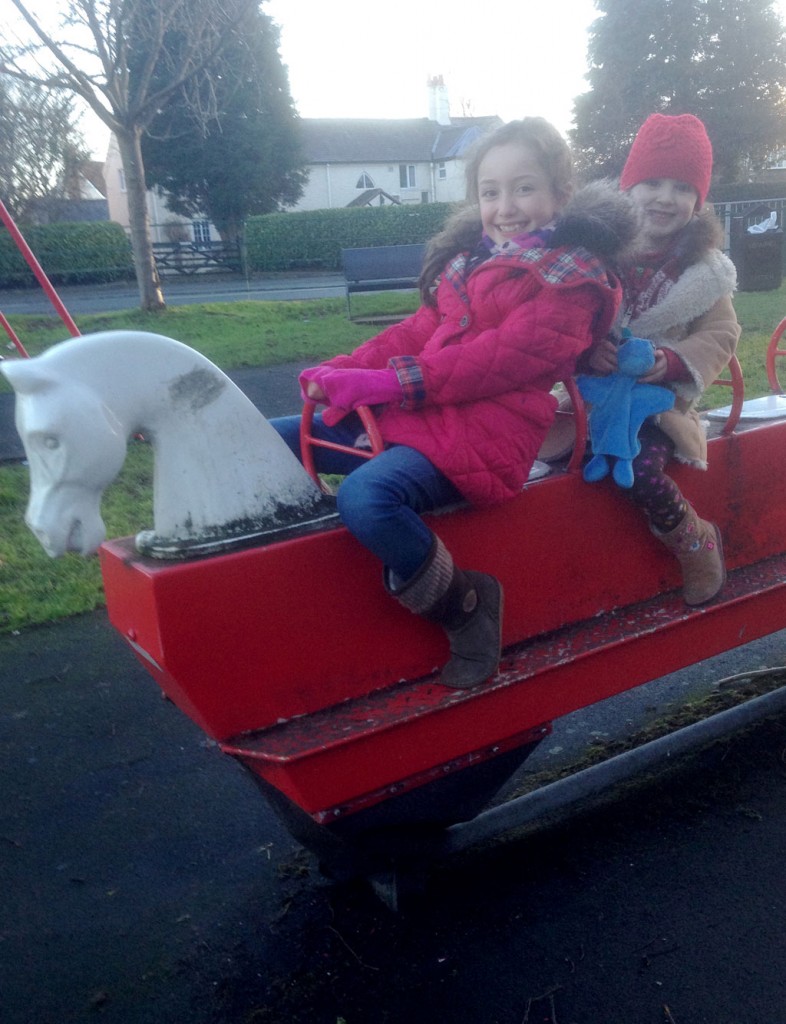
* A bit of winter sunshine this week with a story from Portugal with a business/ecotourism angle.
Follow me on Twitter, or subscribe to the RSS, for more update.
It’s the ultimate escape to the country.
A high-powered advertising executive goes on holiday, falls in love with a rural backwater and quits his job, swopping an expense account and 15-hour working days for a tumbledown village and a back-to-nature lifestyle.
It sounds like a flight of fantasy, but Antonio Ferreira made it a living, breathing reality.
The Lisbon-born high flyer, who handled communication strategy for advertising agencies Young & Rubicam and J Walter Thompson, relocated his whole family to the western Algarve and went about bringing Aldeia da Pedralva, a 200-year-old village near Vila do Bispo, back to life.
He has never looked back.
“I felt like I was living in a washing machine in the city. I didn’t have control over my life,” says Antonio, his olive skin glowing from a heady cocktail of sunshine and fresh air.
“I found it’s fine to have a big car and eat in nice restaurants in Lisbon, but it’s just not real.”
Secluded spot
The Ferreira family stumbled upon the former farming village, complete with ten houses and a handful of ageing locals, while holidaying around the Algarve’s lesser-visited west coast in 2006.
Another 40 properties lay in ruins nearby, overgrown and unloved. The once proud, 100-plus agricultural community had dwindled to just nine residents, the majority having left in search of work in Lisbon or Faro in the Seventies.
Drawing on his business acumen, and reflecting on childhood holiday with his grandparents in a central Portuguese village, Antonio recognised it as the project he had been searching for. Bringing the dead village back to life would be his escape the rat race.
“Life is different here,” says Antonio. “You buy your dinner from the fishermen, your vegetables from the village shop. I saw people in the city who felt like me and I decided to build a place where we can all feel at home.”
Antonio bought three houses initially and subsequently spent the next few years buying and rebuilding another 20, restoring the traditional properties, tinged with touches of Arabic architecture, to their erstwhile rustic glory.
But more than just rebuilding the village, he wanted to breath life back life to Pedralva, learning to present the values and traditions of forgotten village life in a new, contemporary way.
As such, he deliberately recycled many of the old materials, using the old roof tiles, wooden doors and broken-down furniture for the new houses.
A group of his advertising colleagues invested €4m/ £3,383,337 in the properties, while the local council ploughed €1m/ £845,880 into building new roads and street lighting. The village shop stocked its shelves for the first time in 25 years and the community oven was coaxed out of retirement to bake fresh bread.
A dedicated reception and restaurant, plus a small outlet store, have since opened their doors.
Today, the village, a 120km (90 minute)-drive down the A22 highway from air hub Faro, is buzzing with vital signs.
Wafts of eucalyptus perfume the air, international visitors rub shoulders with elderly villagers tending the communal vegetable patch and people load up their cars for day trips in the Costa Vicentina Natural Park.
There are now 24, whitewashed stone houses, with 40 rooms between them, available to rent with lots of mod cons, including Nespresso coffee machines, behind each of the pastel-hued front doors.
But how does Padralva’s Strategy Director square his vision for a community-tourism eco-village with the cold, hard reality of running a business?
“It is a business, of course. We have to pay the employees and keep on good terms with the bank. But it’s more than just a simple tourist project, “ he explains.
“By staying in Pedralva, we can understand the real Portugal away from the Algarve resorts.”
Natural environment
Indeed, while the Algarve is traditionally associated with behemoth resorts and crowded beaches, some 70 per cent of the region benefits from protection for its natural diversity – from rare plant and bird species to a raft of unspoiled beaches away from traffic pollution.
Antonio recognised this as the area’s USP and applied his business experience to create a clear vision for Pedralva.
“I knew from 20 years of working in advertising that we needed a unique proposition. Of the 20m people who come to Algarve each year for tourism, the number looking for a more authentic, close-to-nature trip is growing by 10 per cent,” he says.
“Today, we have the market and the product. But it will take at least ten years to turn a profit. Currently, we are investing profits into developing the product.”
The focus for this year is not on restoring more houses, but developing the activity side of the business with a series of new packages based around nature tourism.
These combine self-catering accommodation with guided hiking, biking, fishing and surfing excursions. Furthermore, Antonio plans to open a Nature Sports Center in the village later this year with on-site activities.
On the cultural side, they are planning to open some old village building to artists and craftspeople to develop a programme of artisans in residence. There are currently four artisans fairs in the village each year.
Pedralva is gearing up to welcome an expected 1,200 visitors in 2011 and is aiming for at least 50 per cent occupancy through the year.
The summer is booked out with Spanish and Portuguese families, but the shoulder seasons attract a more international crowd, including lots of Brits, for guaranteed sunshine and activity-based packages.
Most of all, everyone leaves the village with a rare insight into rural traditions from a grass-roots level.
“This projects is a mix of a business venture and something deeply personal for me,” says Antonio.
“Sometimes I feel like two people. One makes the business deals, but the other is just happy to do something to help.”
This story first appeared in easyJet Traveller in 2011. Liked this? Try Walking in the Alentejo
Post your comments below.


